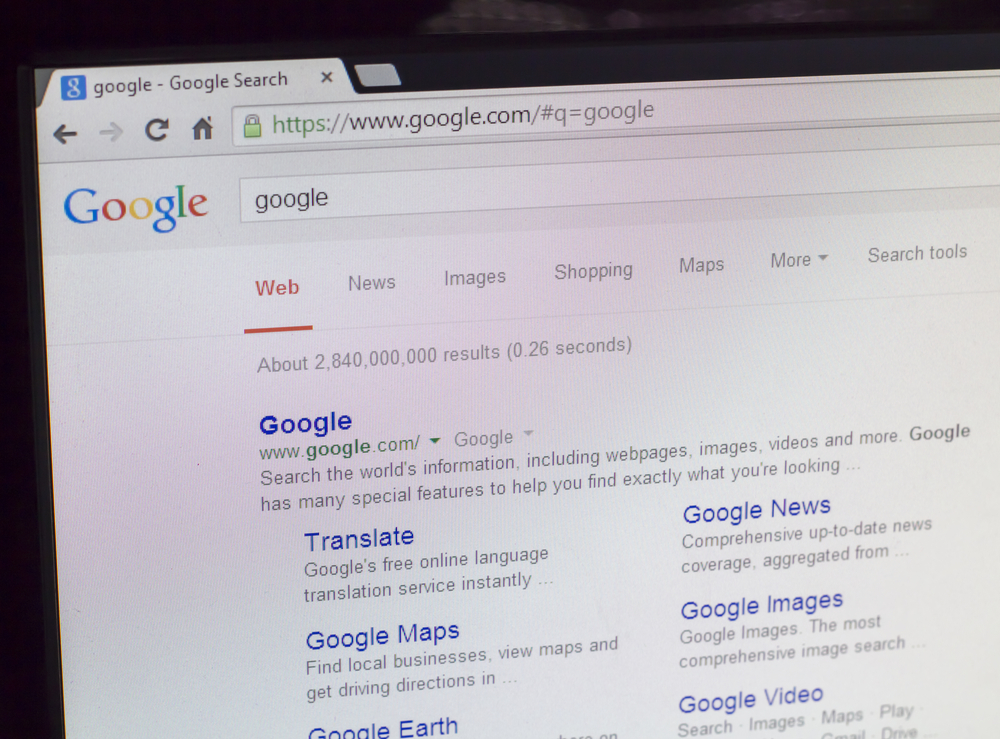Duplicate Meta Descriptions: How harmful are they?
In our latest post, the Head of SEO for Castle, Rachel Walton explains everything you need to know about duplicate meta descriptions and whether they have an impact on your website’s SEO.
Meta descriptions are a crucial component of the optimisation of your website. Often it is the title of the page along with the short snippet of text that people see first before they decide to enter your website. If your website has plenty of duplicate meta descriptions, you may be concerned that this may have a detrimental effect on your overall rankings on search engines.
In this post, I will be detailing what causes duplicate meta descriptions as well as explaining if they are harmful to your rankings on search engines. If you are new to SEO, however, you may not know what meta descriptions are or why they are so important. So let me explain!
What is a meta description?
A meta description is essentially a chunk of text that you can use to summarise the content of a page. This appears as the small snippet of text on Google searches below the title of the page which is the large link in blue. The purpose of the meta description is to provide users with an understanding of what the page is that they’re entering.
If you enter your meta descriptions manually and include a focus keyword that you want to include in the meta description, but find your meta description isn’t showing – don’t panic. Google has lots of different ways that it pulls the text from.
Google might choose a subheading or a piece of text within the post that they may feel summarises the post quite well. Or they may just take the opening snippet of text and use that as the meta description. It ultimately depends on how Google wishes to present your post.

What are duplicate meta descriptions?
Duplicate meta descriptions are meta descriptions with the same text that appear across multiple pages on a website. This tends to happen when you create a large website, particularly with eCommerce websites when you upload hundreds of products in bulk. Usually, you find people implement the same meta description into the products to save time, so as a result – you end up with hundreds of products with duplicate meta descriptions.
How do duplicate meta descriptions affect a website?
The best thing you can hope for with duplicate meta descriptions is that they will have no effect. Duplicate meta descriptions don’t penalise you, however, when you have the same meta description for hundreds of products, you can’t expect one key product to rank higher than another with the same meta description.
Meta descriptions are a great way to sell your products or services and your brand as a whole. Even if Google doesn’t penalise you for having duplicate meta descriptions, it is a wasted opportunity to sell your brand and implement unique keywords into your descriptions in hopes that your pages start to rank for them.
When you are writing your meta descriptions, you usually have between 155-160 characters to work with before the descriptions start to truncate. Truncation doesn’t penalise you either, and this can happen organically depending on where your pages sit in the rankings.

What makes for a good meta description?
The best practice for meta descriptions is to have a description that will improve your click-through rate. This tends to be a description that will make someone want to click on your link and visit your page, whether it be a particular product, service or a more traditional ‘about us’ page. It’s usually a good idea to have something that is informative whilst providing the user with an understanding as to what they’re about to visit. Doing this is sure to have a positive effect on your bounce rate.
If you’re an eCommerce website, for example, you may want to provide some urgency to your meta descriptions with a ‘shop now’ or ‘buy here’. If you have a lead generation website, maybe you want to encourage people to trust you through that meta description, using it as a first impression for people before they decide to click-through to the page as well as a tool to get people to visit your website in the first place.
What makes for a bad meta description?
When it comes to bad meta descriptions, often the first sentence of text isn’t great, usually because this is an introduction and it doesn’t really cover a great deal. Or your description could be unclear as to what your page actually represents which may cause your visitors to leave the site and as a result – increasing your bounce rate percentage. Which will ultimately affect your rankings.
A bad meta description is essentially not taking advantage of the opportunity a meta description provides. If you have a product that you know you could sell in 160 characters, then it’s definitely worth taking the opportunity.
It’s also worth knowing that just because you have set a meta description, that doesn’t necessarily mean that Google will use it. Even if you have set the best meta description in the world, Google may still just take a snippet of text from the post and decide to use that instead.

Does a ‘page 2’ need a meta description?
If you have a lot of products on a website that falls into a particular collection or category, and this carries over into a second page. You may be wondering if this second page will need its own meta description. In short, it doesn’t.
This is something called pagination. Pagination to address your page 2’s needs to be canonicalized properly. So to address your pagination issues, it depends on what platform you are using. Shopify for example deals with this for you. Whereas other eCommerce platforms may not do this for you and you will have to work on the pagination yourself.
